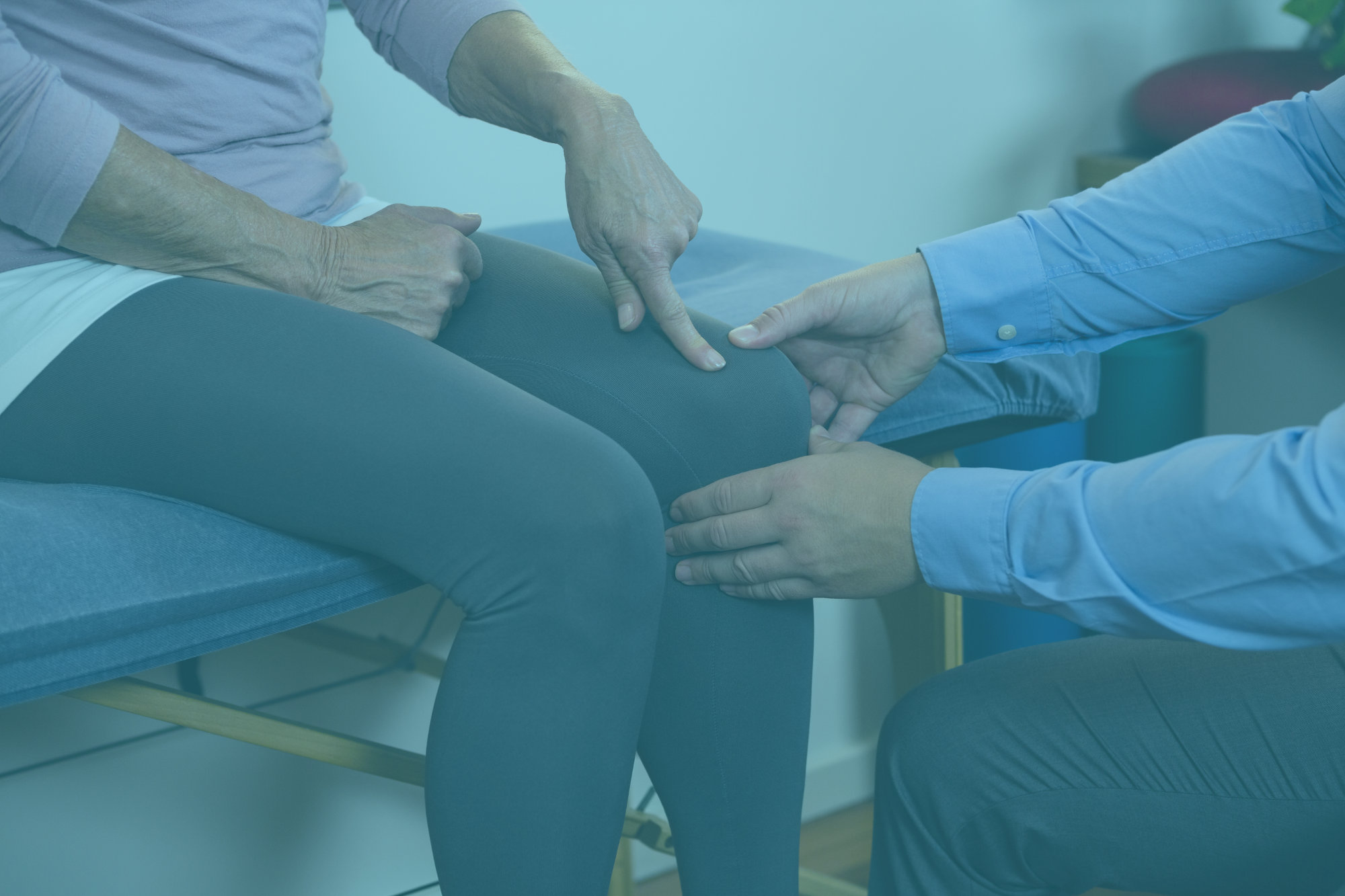What Are Trigger Points
August 16, 2019
What Are Trigger Points
Today I’m going to share some information with you about trigger points. What are they? And where did they come from?
A trigger point is a knot in a muscle and it’s typically painful when it’s pushed on. Dr. Janet Trevell, co-author of two books on trigger points and trigger point therapy – written decades ago and still the authoritative texts today – found that trigger points develop because your muscles are doing a job they’re not designed to do.
We have two types of muscles. They can be categorized in many different ways, one of which is as ‘postural muscles’ – which obviously refers to posture – and the other is ‘phasic muscles’. Phasic referring to something that happens in phases, rather than continuously.
Postural muscles are designed to last for a long period of time. An example is holding your head up all day. That’s a lot of weight to support all day long – 10 to 12 pounds. About the weight of a bowling ball. But your postural muscles in your neck are designed to do that.
Although postural muscles can last for a long time, they’re not designed to withstand abrupt or extra heavy loads. That’s why they can be damaged in a car accident, for example.
Phasic Muscles
Then you have your phasic muscles. These muscles are the ones we work when we go to the gym – biceps, traps, quads, the big muscles that can lift a lot of weight for a short period of time. And these are the muscles we’d use if we were to hold a bowling ball – we could do curls with the bowling ball, but we couldn’t hold it there all day long.
When the postural muscles are damaged or become weak, the phasic muscles have to pick up the extra load, the extra work. If the postural muscles are damaged in a car accident, our phasic muscles have to work extra hard to try to hold our head up all day long. Then they start to spasm. And they develop trigger points.
This is one of the reasons why people in a car accident don’t feel pain immediately afterwards. It may take days or weeks for those muscle knots start to develop. You’re going to find trigger points in those phasic muscles, and they’re going to be painful when they’re pushed on.
Fortunately, there’s a good way to correct them, which I’m going to talk about soon.
We’ll talk to you soon. Thanks.





